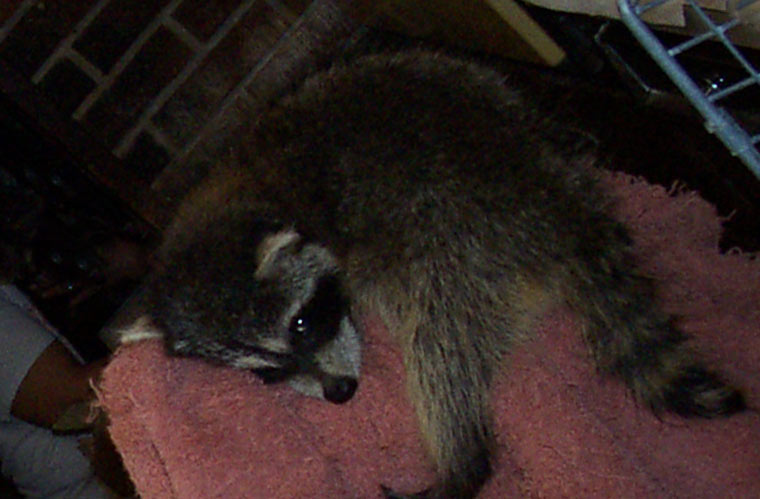-
info@aaanimalcontrol.com
Call us for help in your town
Humane Wildlife Education
Keeping wild animals out of your house
Need wildlife removal in your hometown? We service over 500 USA locations! Click here to hire us in your town and check prices - updated for year 2020.
The only way to make sure that wild animals are out of your home and not inside it, is to ensure that it is entirely sealed shut. Your home is meant to keep you safe and protected, and this is from the weather, predators, and disease. If you have animals inside your home — ones that haven't been appropriately vaccinated and invited into your home — it is not capable of keeping you safe. Many of these creatures will carry a number of diseases, and if the animals are INSIDE your home, so will those diseases be too.

Keeping wild animals out of your house starts from outside — on the land surrounding your home. Many of these animals will live in trees, or use them to travel around, so you should make sure that no trees lead right to your home. This just enables raccoons, bats and others to gain easy access to the roof, and from there it doesn't take long for them to get inside the attic also. They just need to find one patch of damage, and then work on that one patch of damage until it is big enough to let them in. You'd be amazed by how fast they work, especially as many of them are quite lazy animals in nature.
If you don't have a fence around your property, add one. Make it high enough and fat, lazier critters, such as raccoons, will have a harder time scampering over it. Be aware, on the other hand, that squirrels and other critters will run along the top of the fence, as will cats. If the fence leads right to your home — your attic — you will need to make sure the animals can’t get that far. You could look at spike traps, often used to prevent birds from landing on surfaces, at the end, close to your home.
Fences can also have an added layer of protection at the bottom in the form of galvanized hardware cloth or chicken wire.
Moving into your garden, place fences around the edges of flower beds to protect them, any you may also want to consider getting a motion sensor light. This won't work to get rid of all animals from your yard, but when the light come son suddenly it might scare them into running away.
Clean up bird seed that falls from feeders. When it is left to fall to the ground, squirrels, mice, rats and raccoons can eat them. If these animals can access the bird feeder directly, they’ll do that too. Don't hang feeders from tree branches, because this is just asking for trouble. Consider adding your feeders to tall, slippery, smooth metal poles, nowhere close to anything around for the animal to jump.
As you get closer to your home, you will want to make sure things are much more difficult to scamper around undetected. Clean up. Don't leave debris lying around, because this provides these animals with a place to hide. Move rock and tree piles, cut trees and shrubs back when you're meant to, and make it together for these creatures to hide. If they have nowhere to hide they're at risk of being attacked by predators. They much prefer cluttered, messy yards with plenty of nooks and crevices to climb into.
As you get to your home, things get a little more intense. You will need to perform a thorough inspection of your building and the surrounding land, pinpointing areas that need attention. It is highly advisable that you do this BEFORE winter comes. When the temperature drops, many of these creatures will curl up warm and tight for a few months, or at least during the day. It will make it all the more difficult to detect them.
Any damage should be repaired immediately. A hole that is left un-sealed will allow entrance for a wild animal. Chimneys should have caps on them, and the spaces beneath purchase and decks should be appropriately sealed. Window screens should be repaired. Anything left will be attacked, and if it doesn’t become an animal’s home in the winter, it’ll be during the spring when they are ready to have their babies and are looking for nest spots.
The more protected your home is, the better chance you’ll have of keeping these animals out. If you don't know where to start, call in the professionals. They’ll offer advice that prove valuable to your quest!
For more information, you may want to click on one of these guides that I wrote:
How To Guide: Who should I hire? - What questions to ask, to look for, who NOT to hire.
How To Guide: do it yourself! - Advice on saving money by doing wildlife removal yourself.
Guide: How much does wildlife removal cost? - Analysis of wildlife control prices.
animals in the attic
noises in the attic


















